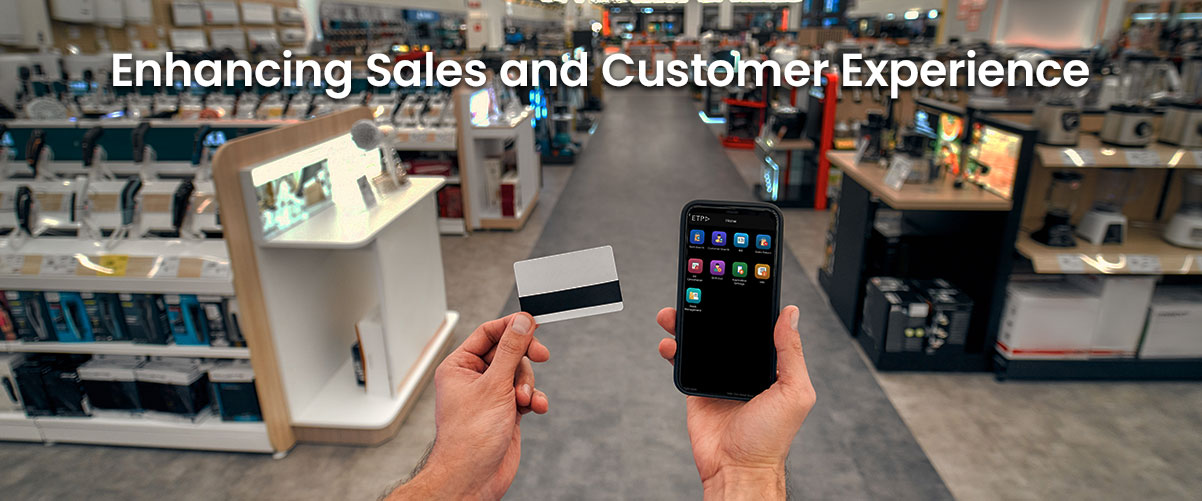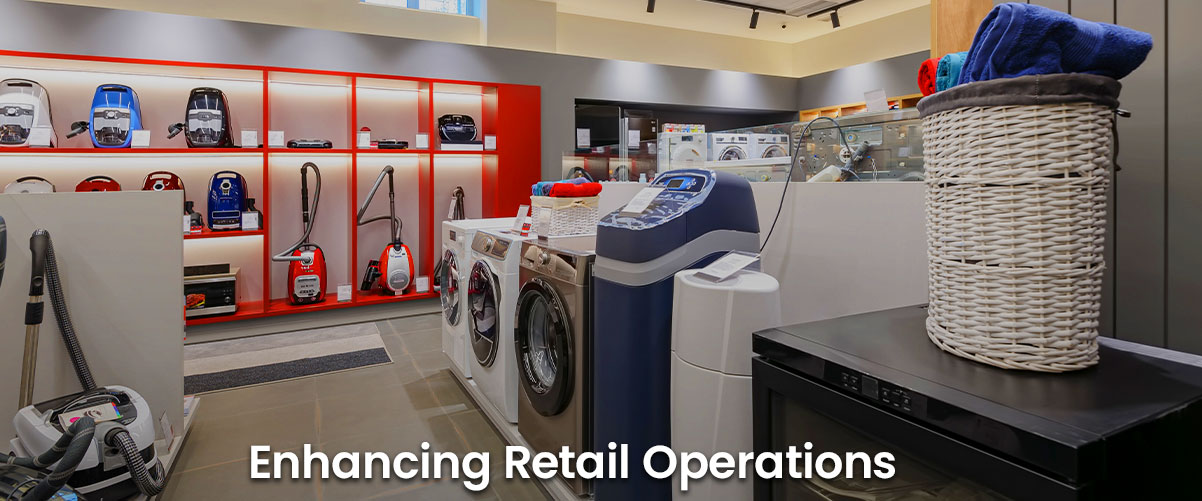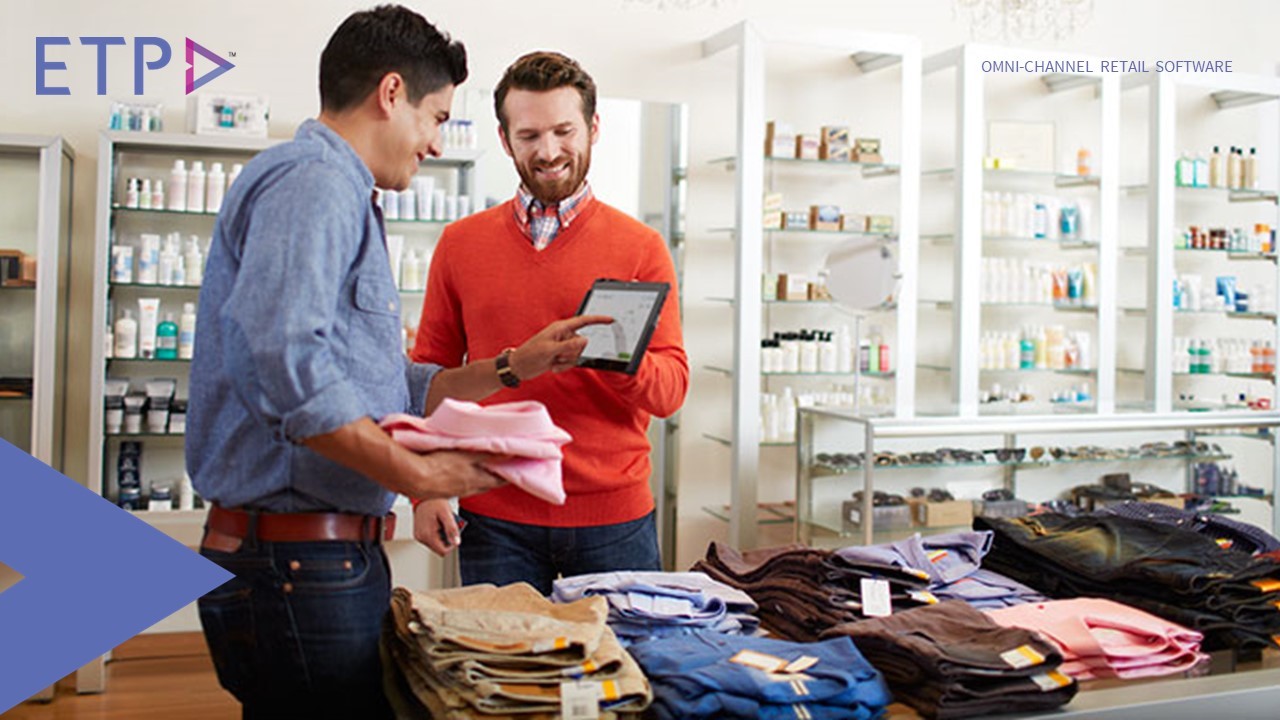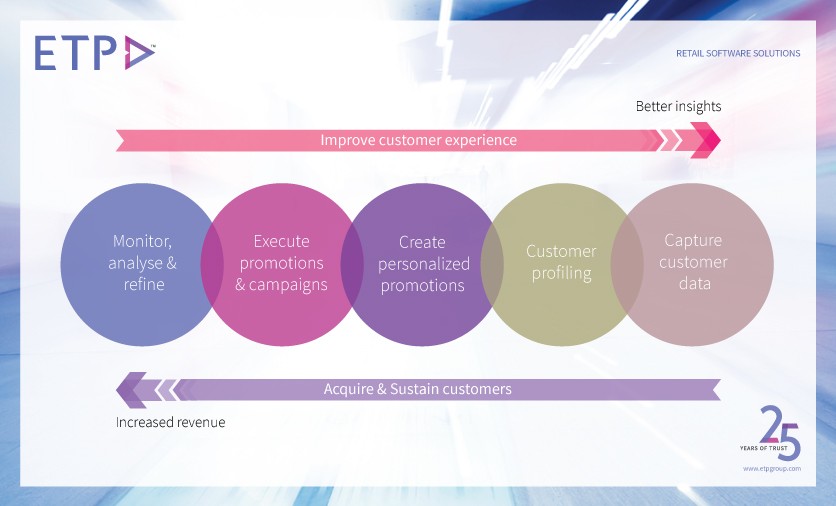Today’s retail environment requires mobility to succeed. Retailers must fulfil the expectations of their customers, who want the freedom to buy whenever and however they like. Retailers may empower their staff members and enhance customer experience using mobile POS software.
The Following Are Some Advantages Of Utilising Mobile Pos Software:
Increased sales:
By enabling staff to accept payments anywhere in the business, mobile POS software can aid companies in boosting sales. This can free up cashiers at the front of the business to concentrate on serving customers. Retailers who want to track sales data in real time and make educated decisions regarding inventory and promotions can benefit from mobile POS software.
Improved customer experience:
Mobile POS software can help retailers improve the customer experience by providing a more personalised shopping experience. Employees can use mobile POS software to look up product information, recommend products, and process payments. This can help customers feel more valued and appreciated.
Reduced costs:
Mobile POS software can help retailers lower costs by eliminating the need for traditional cash registers. Mobile POS software can also help retailers save money on labor costs by allowing employees to work from anywhere in the store.
Mobile POS software is a great option if you’re looking for a way to empower your employees and improve the customer experience. Many different mobile POS software solutions are available, so you can find one that fulfils your specific needs.
Choosing the Best Mobile POS Software to Use
A mobile point of sale (POS) software solution is crucial for businesses trying to optimise their operations and improve the customer experience in today’s hectic retail climate. With so many options available, it’s crucial for shops to carefully evaluate a few things before choosing the best mobile POS software for their unique requirements. The following are important things to bear in mind:
Store Size and Layout:
The kind of mobile POS software you should select depends a lot on the size and layout of your store. Consider whether you operate a tiny boutique, a sizable retail space, or a pop-up store. In order to accommodate the necessary checkout points and meet the layout of your store, a mobile POS software system should be scaleable and adaptable.
Product Types:
Different companies offer a range of goods, from groceries and electronics to apparel and accessories. Make sure the mobile POS software you use can handle the exact products you offer. It should manage variants like sizes and colours and various pricing structures and effectively track inventories.
Integration Capabilities:
It’s critical to pick a simple mobile POS software solution to link with other retail systems to streamline operations and get a comprehensive view of your organisation. Real-time inventory tracking and automatic product replenishment are made possible by integration with inventory management software. You may track consumer information and deliver individualised experiences by integrating with customer relationship management (CRM) software.
Ease of Use:
A user-friendly interface is essential when choosing a mobile POS software solution. Your staff members should be able to learn the system quickly and do jobs effectively. Look for layouts that can be customised, easy-to-use functions, and intuitive navigation. The programme should have a low learning curve to reduce training time and ensure efficient operations even during peak usage.
Updates and Support:
Take into account the degree of support offered by the programme manufacturer. Do they provide technical support and troubleshooting? Do they provide frequent updates to fix any bugs or security flaws? Strong customer service guarantees that any problems may be fixed quickly, minimising inconveniences to your business.
Conclusion:
Choosing the best mobile POS software necessitates carefully taking into account variables, including the store size, product types, employee management, budget, integration capabilities, the convenience of use, and support. Increase operational effectiveness, enhance customer experiences, and spur growth in your retail business by weighing these variables and choosing a solution that matches your unique business needs.
ETP Mobile POS software is a valuable tool that can aid merchants in enhancing productivity, customer satisfaction, and sales. Retailers may empower their staff members and give consumers a smooth and convenient shopping experience.






